Human Ancestors Teetered on the Brink of Extinction 930,000 Years Ago
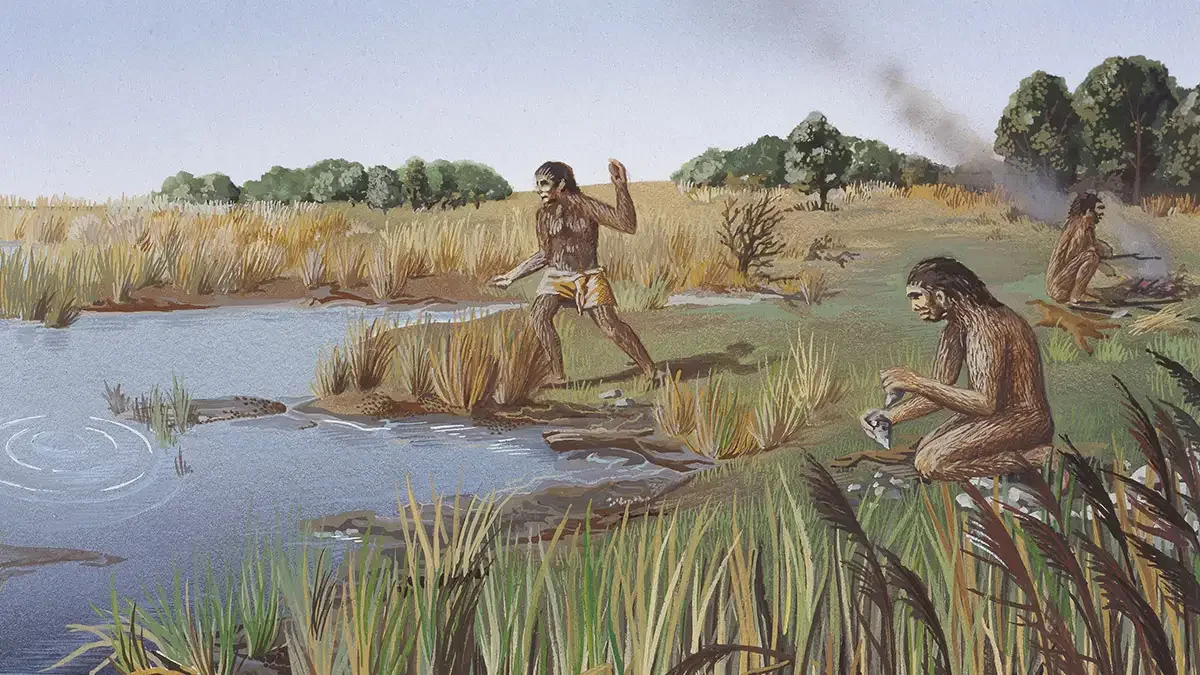
Exploring human evolution requires assembling fragmented evidence of our survival despite significant challenges. A major enigma lies in determining whether ancient human populations were vast or modest. Usually, researchers depend on fossil remains and early genetic material for such inquiries. However, during eras as remote as the Pleistocene epoch—which occurred roughly one million years back—these sources grow scarce or vanish entirely.
Currently, a pioneering research article featured in the journal Science offers fresh insights into a catastrophic episode that almost wiped out humanity. Investigators discovered proof indicating our forebears endured a drastic population decline lasting more than 100,000 years, reducing their numbers to approximately 1,280 people. This intense constriction took place somewhere between 930,000 and 813,000 years ago, significantly shaping the genetic composition of modern humans.
Reconstructing Our Genomic History
Gaining insight into human evolution frequently requires examining our genetic material. However, retrieving ancient DNA from fossils more than 300,000 years old—particularly those found in Africa—is extremely difficult. Over time, DNA degrades, leading to a shortage of usable ancient genetic specimens. In response to this challenge, researchers have started investigating contemporary DNA to uncover traces of our forebears’ challenges and triumphs.
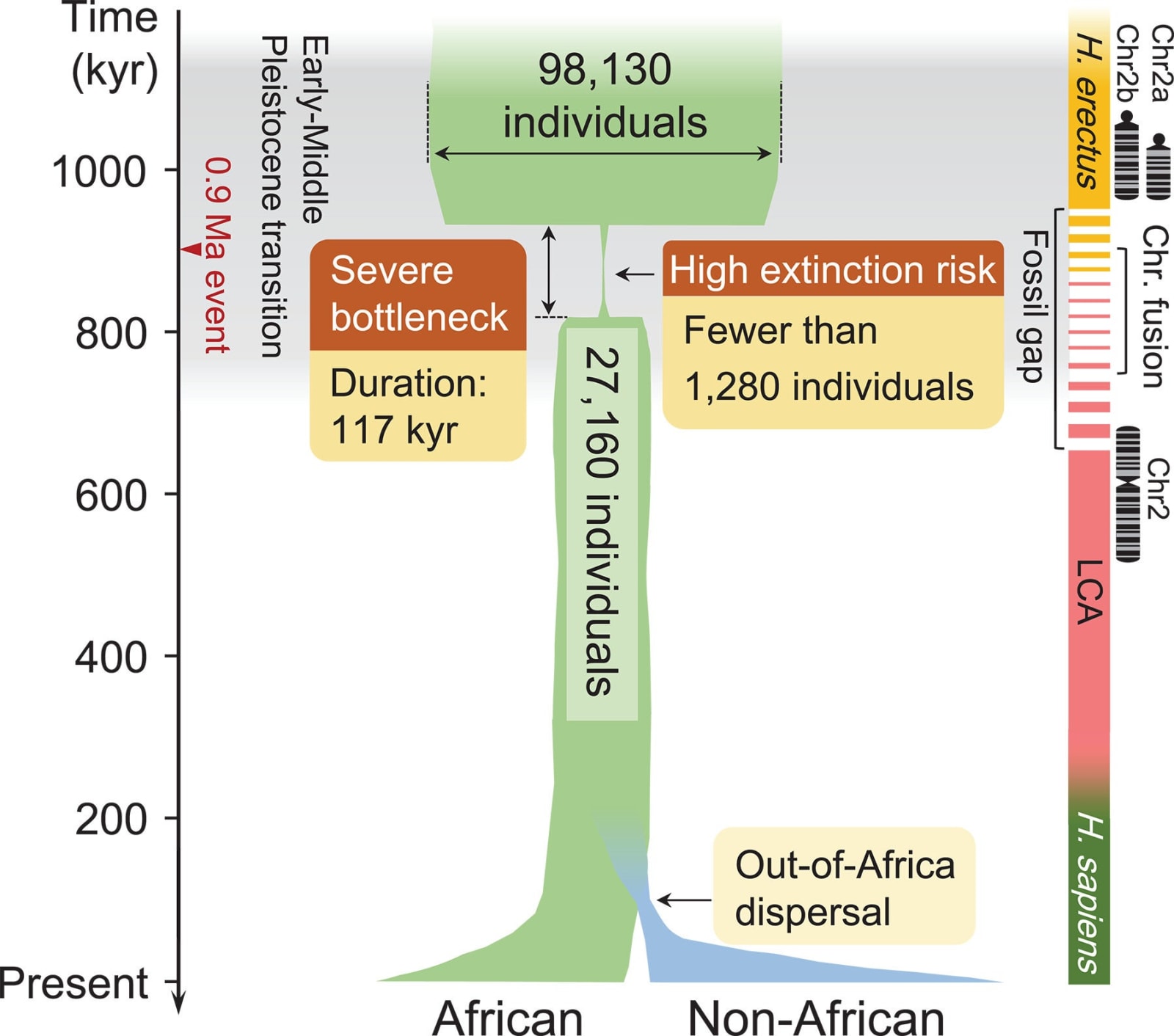
Scientists have created a novel approach known as FitCoal (fast infinitesimal time coalescent process) that adeptly circumvents numerous issues encountered with conventional techniques. Unlike these older approaches, FitCoal does not depend on ancient genetic material or copious amounts of historical data.
Instead, it uses the DNA of people alive today, specifically looking at genetic variations known as alleles. The distribution of these alleles, captured in something called the site frequency spectrum (SFS), holds clues about past changes in population size.
Yi-Hsuan Pan, a geneticist specializing in genomics from East China Normal University , emphasized the significance of this method, stating, “The novel finding opens a new field in human evolution because it evokes many questions, such as the places where these individuals lived, how they overcame catastrophic climate changes, and whether natural selection during the bottleneck accelerated the evolution of the human brain.”
FitCoal accurately reconstructs ancient population sizes by analyzing thousands of modern genomes. In this study, researchers used genomic data from 3,154 present-day individuals spanning 50 different populations around the globe.
Related Stories
・ Fresh DNA findings reveal that Neanderthals did not vanish completely.
・ How did early primate ancestors survive the asteroid led extinction of the dinosaurs?
・ These safe havens must be preserved to prevent ‘the sixth great extinction of life on Earth’
A Population Collapse Revealed
Analysis of the genetic data revealed something startling—a severe and prolonged bottleneck that nearly brought humans to extinction. Between approximately 930,000 and 813,000 years ago, our ancestors endured drastic environmental changes that decimated their numbers. During this 117,000-year period, an average of only 1,280 breeding individuals survived—a shockingly small number compared to today's global population.
This dramatic finding explains a significant gap in fossil records from both Africa and Eurasia during that time. Giorgio Manzi, an anthropologist at Sapienza University of Rome and a senior author of the study, explained, “The gap in the African and Eurasian fossil records can be explained by this bottleneck in the Early Stone Age. Chronologically, it coincides with significant loss of fossil evidence.”
What caused this bottleneck? According to the research, it was due to intense climatic shifts characterized by brutal ice ages and extended periods of drought. Such drastic environmental alterations probably eradicated sustenance resources, demolished living spaces, and rendered endurance against extinction almost futile. The minuscule surviving group faced daily perils just to stay alive and simultaneously grappled with maintaining genetic variety—a key element for ensuring robust offspring in coming years.
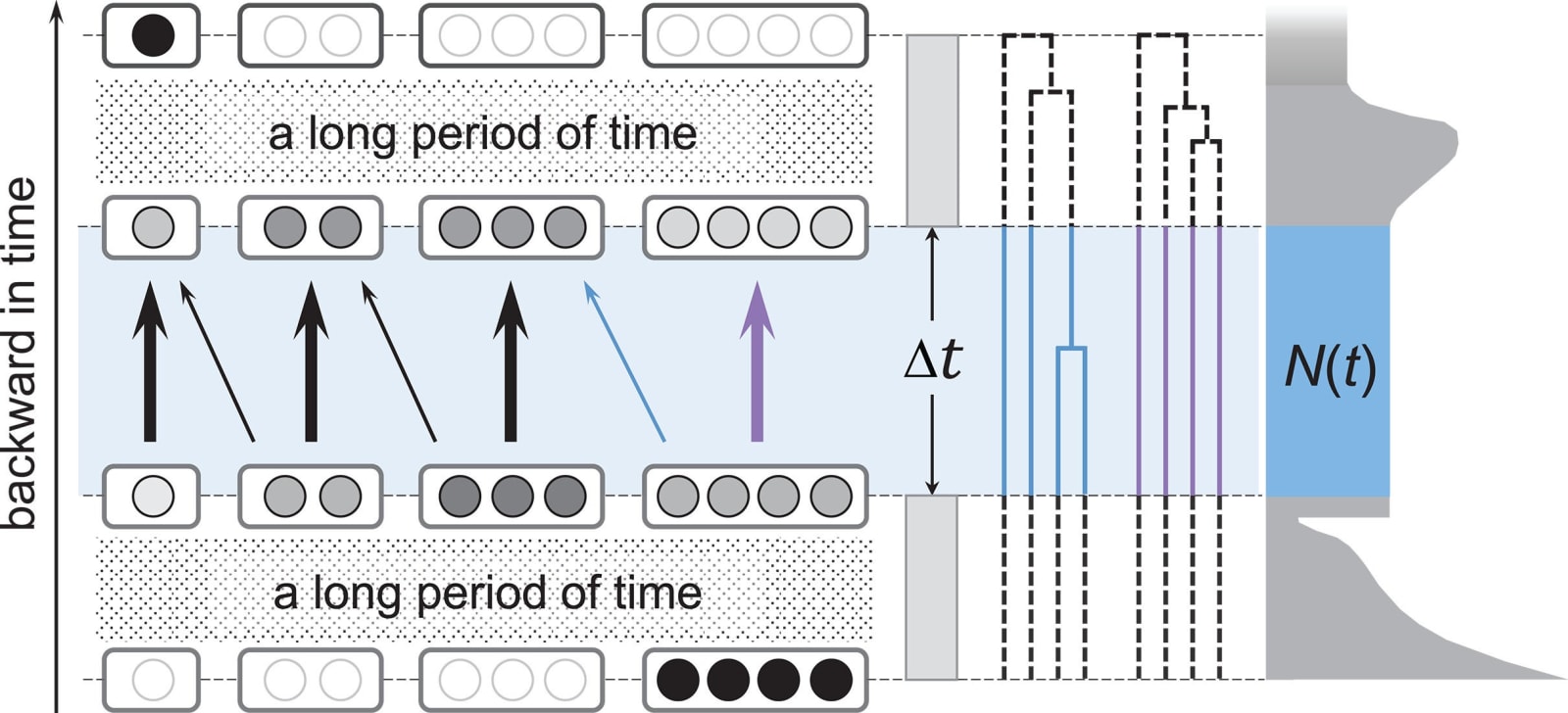
Genetic Outcomes and Evolutionary Oddities
This significant population squeeze had a profound effect on human genetics. Approximately 66% of genetic variation disappeared, drastically altering our gene pool. Notably, researchers discovered that this challenging era spurred essential genetic modifications as well. A key occurrence entailed the fusion of two original chromosomes, resulting in today’s chromosome 2. This transformation might have played a role in distinguishing contemporary humans from Neanderthals and Denisovans, thereby influencing the trajectory of human evolution.
The senior author, Yun-Xin Fu, who is a theoretical population geneticist at the The University of Texas Health Science Center located in Houston , highlighted the revolutionary aspect of FitCoal. Fu noted, "The ability of FitCoal to identify an ancient major population bottleneck using just a handful of sequences marks a significant advance." This new approach opens up possibilities for investigating parts of our genetic history that were once obscured from view.
In this narrow phase, natural selection probably had a crucial impact, driving humans to evolve characteristics adapted for harsh survival scenarios. Researchers think this era might have accelerated the development of our brains, shaping attributes that characterize us now, including sophisticated mental capabilities and intricate societal frameworks.
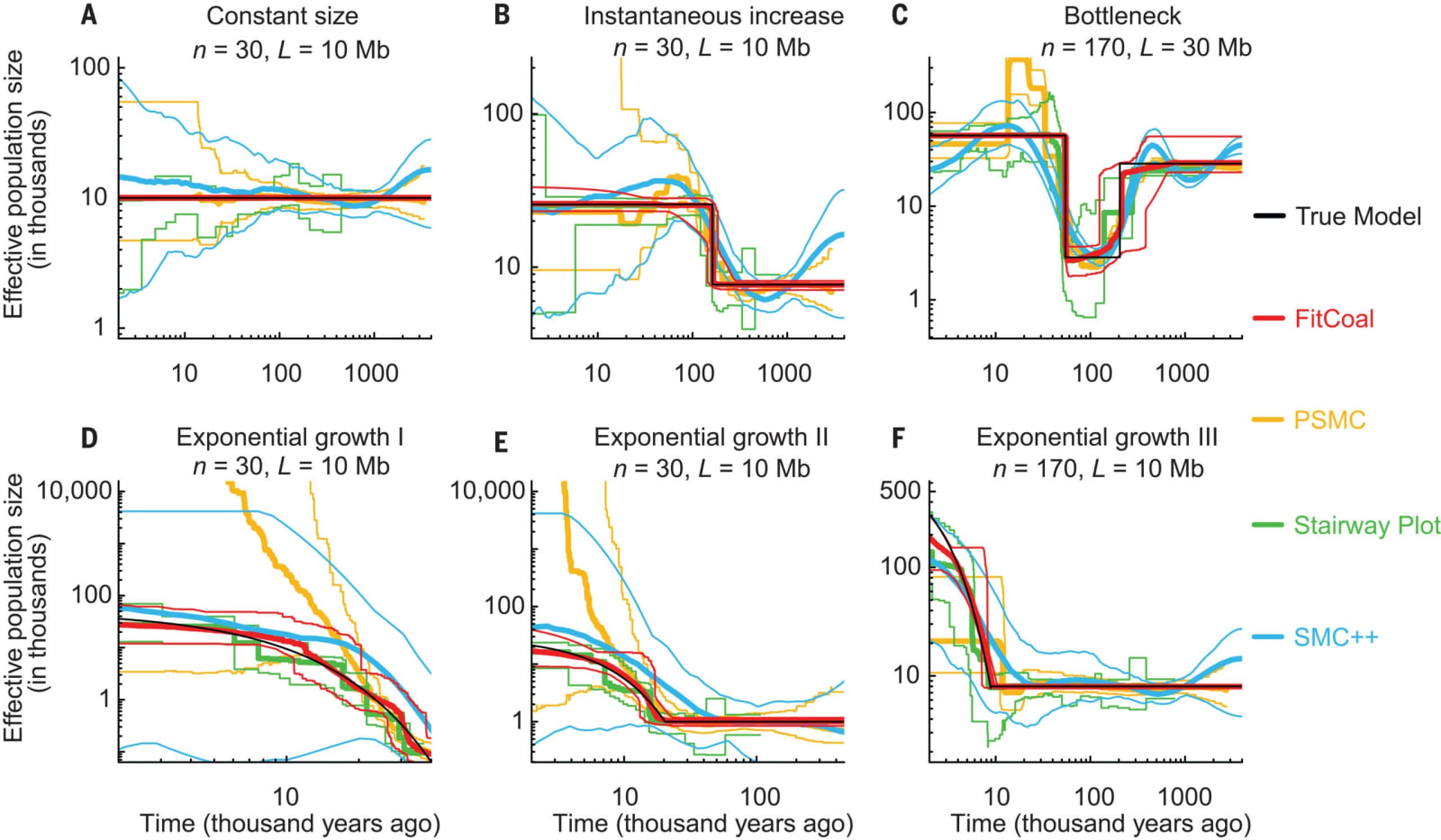
What Were the Survival Strategies of Early Humans?
This discovery prompts fascinating inquiries into human endurance. How did this limited population manage to thrive for more than 100,000 years despite severe environmental challenges?
The scientists hypothesize that multiple elements played a role in their endurance. Mastering fire likely turned into a crucial ability for maintaining heat and preparing food. Furthermore, when climatic changes gradually moved towards milder conditions, the populace started to recuperate incrementally. Around 813,000 years back, figures commenced escalating swiftly once more, thus paving the way for future widespread human migrations worldwide.
These discoveries offer a completely fresh framework for analyzing human remains and archaeological locations. Understanding this significant population reduction enables experts to more accurately grasp the evolution of practices and equipment crucial for human endurance. Scholars such as Pan emphasize the importance of identifying precisely where these early humans resided and which tactics they employed to surmount major ecological hurdles.
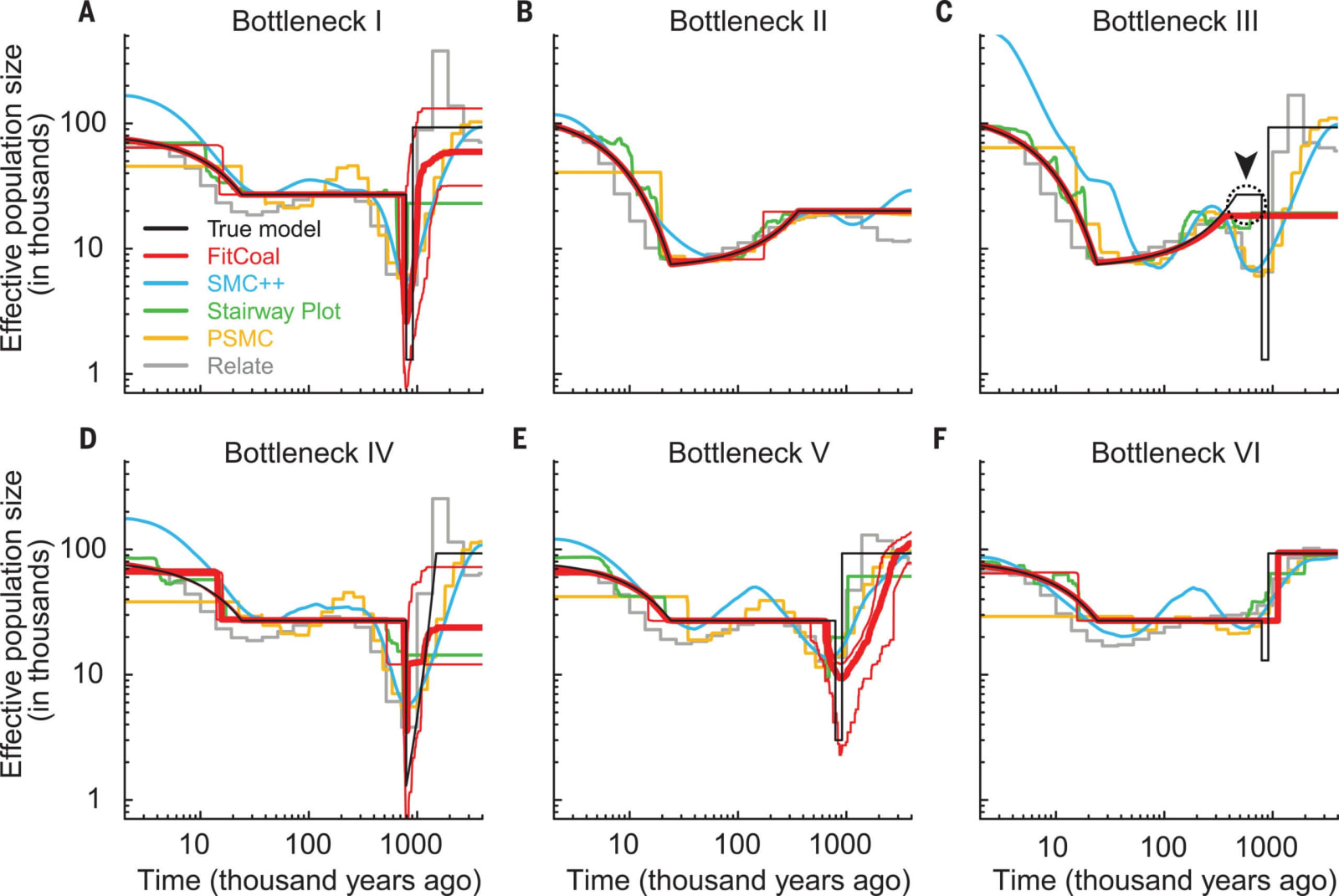
Prospects for Future Studies in Human Evolution Research
While this discovery clarifies a vital moment in our evolutionary past, it also opens many avenues for future research. The researchers are eager to investigate geographic locations where these small human groups survived and thrived. They also aim to explore how these challenging times influenced human biology, behavior, and even the evolution of the human brain.
Li Haipeng, a computational biologist at the Shanghai Institute of Nutrition and Health and another senior author, emphasized that this discovery is just the beginning. He remarked, “Future goals with this knowledge aim to paint a more complete picture of human evolution during this period, unraveling the mystery that is early human ancestry and evolution.”
This study emphasizes the impressive flexibility of our predecessors, who triumphed despite overwhelming challenges. It underscores the precarious nature of our former existence, reliant on a small band of survivors. Grasping these historical occurrences provides significant insights into human tenacity and the ecological influences guiding our development as a species.
By uncovering this concealed issue, scientists have not only shed light on historical events but have also endowed us with wisdom for tackling upcoming obstacles. Understanding how our forebears conquered immense difficulties imparts lessons on endurance, adjustment, and the fortitude ingrained within our genetic makeup.
It seems like you might have intended to provide some specific instructions or materials for me to work with. Could you please share those details so I can assist you better? The Cheerier Aspect of Journalism The content might be modified for stylistic and brevity purposes.
Enjoy heartwarming tales? Check this out! The Cheerier Corner of Journalism Newsletter .

Posting Komentar untuk "Human Ancestors Teetered on the Brink of Extinction 930,000 Years Ago"
Please Leave a wise comment, Thank you